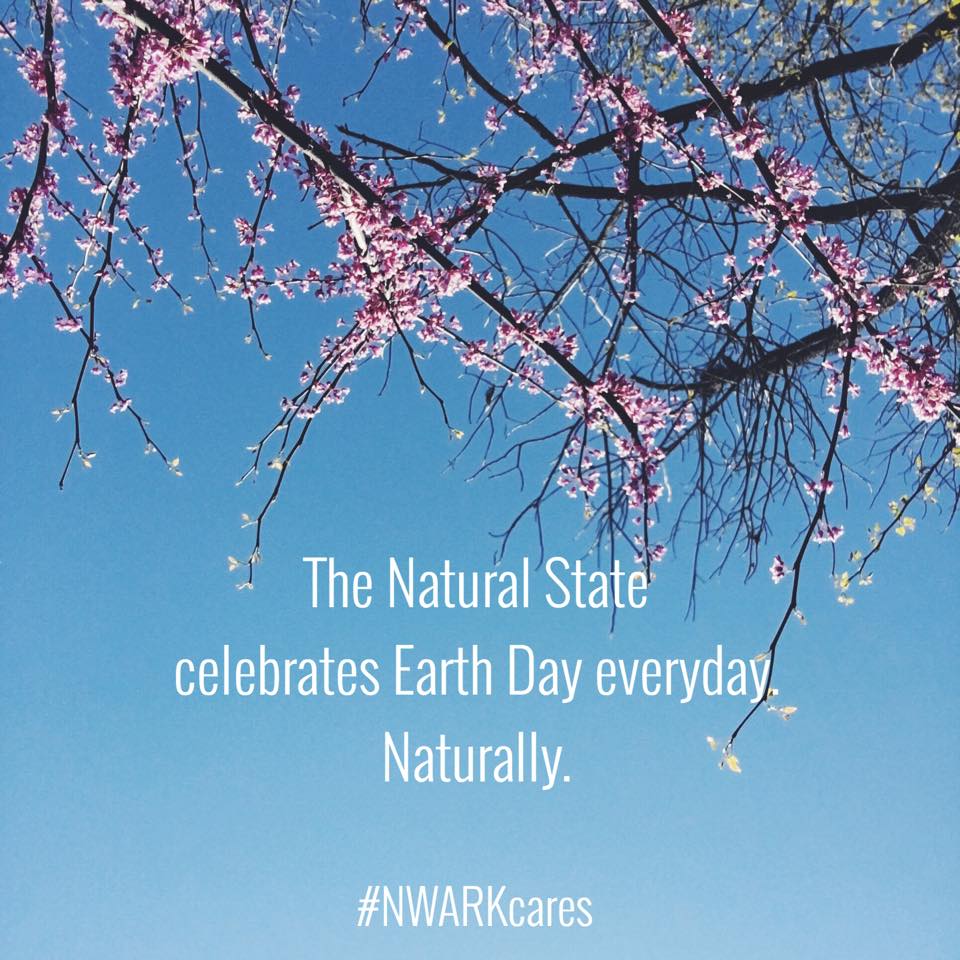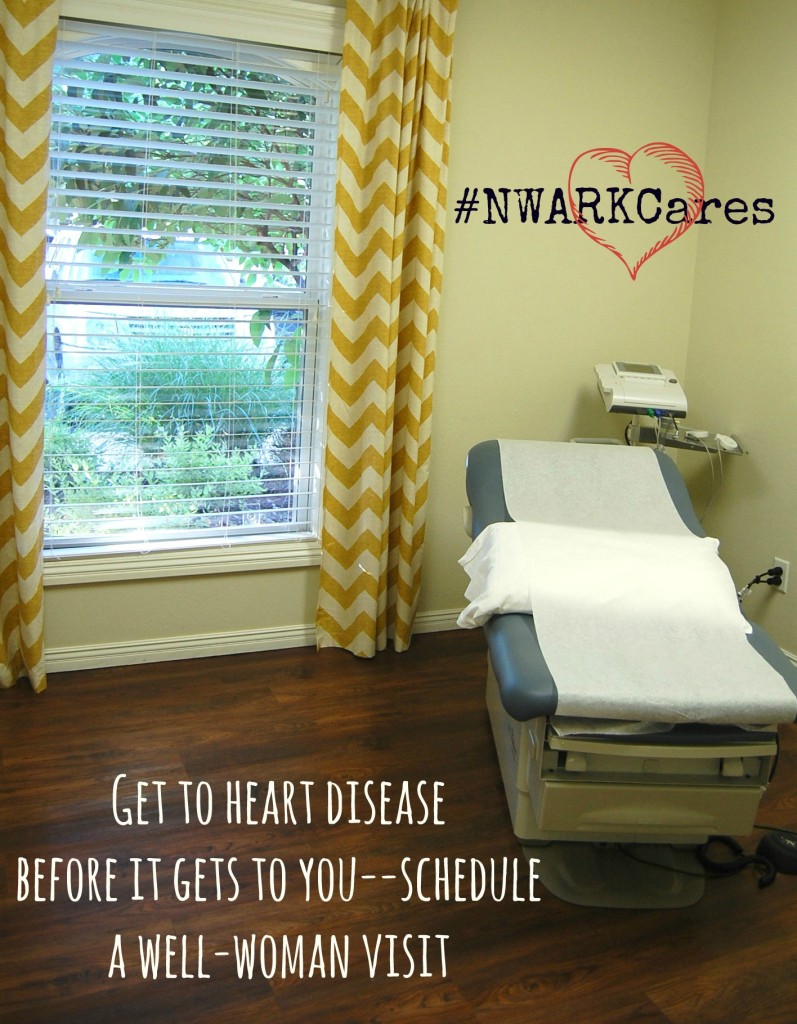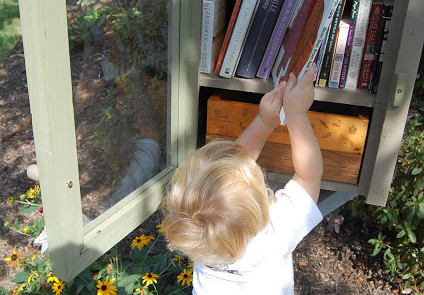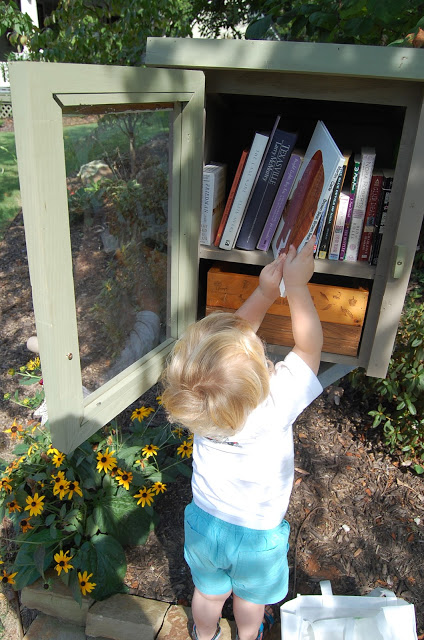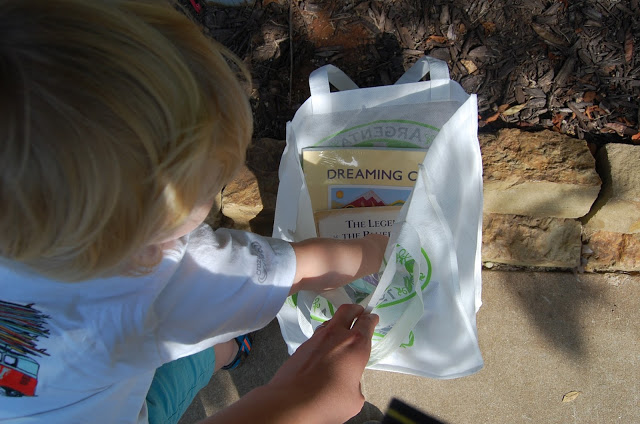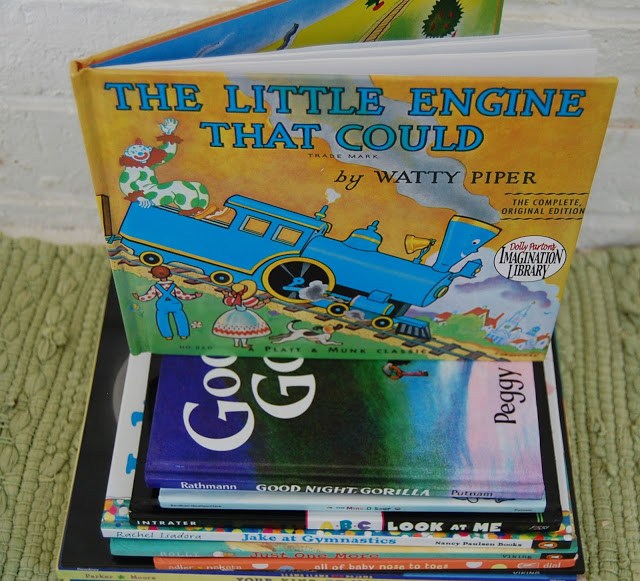This month’s #NWARKCares cause is a tough one to talk about.
It’s tough because in 2015, I feel like domestic violence should be a thing of
the past. But it’s not. It’s hard because it’s not something that people want
to talk about, which is exactly why the topic needs to be broached. It’s hard
because people close to me have been victims of domestic abuse. Three out of
four Americans know someone who has been victimized domestically. If we keep
silent then those statistics simply will never improve.
Because many are so reticent to speak out on the subject, there
are countless misconceptions about domestic violence that are accepted as truth.
These myths about domestic violence only serve to perpetuate the violence.
Myth 1:
Only women are affected by domestic violence.
While it is true that women are targeted more often than
men—1 in 3 women compared to 1 in 4 men are victims of domestic violence—abuse
against men does happen. If domestic abuse is a hush-hush topic already, then
speaking out about abuse against men is almost nonexistent. Unfortunately, this
happens in both the heterosexual and homosexual communities.
When I was a young manager for Dillard’s in Dallas, I had an
employee that I will call Sam. Sam was a flamboyant, happy-go-lucky, young man.
He was openly gay and was in a relationship with a man that I remember as
middle-aged and dowdy. When Sam came to work with a black eye one day, I was understandably
concerned. I asked him what happened, but didn’t press the issue when he didn’t
want to talk. As time went on, Sam began to open up to me about the physical
and emotional abuse that he endured at the hands of his partner. At the time, I
had never encountered a male victim of abuse, nor had I even imagined that it
was possible.
If he had been a woman, I know that I would have suggested
any number of resources that are available to female victims of domestic
violence. However, I could think of nothing to offer besides my support if he
chose to leave his abuser. Sam ended up leaving Dillard’s after an accident put
him in the hospital. Whenever I went to visit him at the hospital his partner
was always present, acting the doting caregiver. I will never know if he truly
suffered an accident or if things escalated with his partner.
You may be surprised to know, as I was, that there are resources for male victims of domestic violence. The Northwest Arkansas Women’s shelter states on their website, “Domestic violence does not discriminate; therefore, our clients are from
across all demographics in terms of age, gender, race, socioeconomic
status, and educational background. We assist any person who meets the
criteria for emergency intervention and assistance due to domestic
violence or sexual assault.”
Myth 2:
Abuse is deserved.
Victims of domestic abuse need support, not judgment. The
women and men who are abused usually already have the idea in their head that
they deserve to be treated they way they are treated, or that something that
they have done has caused the abuse. This simply is not true. The only person
responsible for abuse is the abuser.
Myth 3:
Physical battery is the only form of abuse.
Abuse stems from the abuser’s need for power and control. This can
manifest itself in many forms of abuse including economic, emotional, sexual
and isolation.
Myth 4:
Domestic violence is a heterosexual issue only.
Homosexual partner abuse is prevalent and occurs at the higher
rates than in heterosexual relationships. In this eye-opening
article from “The Atlantic,” the
author quotes a report from the CDC stating that “bisexual women had an
overwhelming prevalence of violent partners in their lives: 75 percent had been
with a violent partner, as opposed to 46 percent of lesbian women and 43
percent of straight women. For bisexual men, that number was 47 percent. For
gay men, it was 40 percent, and 21 percent for straight men.”
Myth 5:
Domestic violence only affects the poor.
Abuse can happen to anyone. Persons of any economic
background, class, culture, age, sexual orientation, and marital status can be
victims of domestic abuse or abusers.
Myth 6:
Many reports of sexual assault are false.
The fact is that only 2-4% of sexual assault reports are
false, in keeping with the rate of false reports for other felonies.
Myth 7:
If the abuse were really that bad, he or she would just
leave.
There are many reasons that a victim of intimate partner
violence might stay with the abuser. Often times, the abuser will threaten the
victim’s life if they try to leave. Not leaving does not mean that the victim
is in a safe situation, or that they are not being abused. Family and social
pressure, shame, financial barriers, children and religious beliefs all can
factor into a victim staying with their abuser.
Myth 8:
Abuse is rare.
As stated earlier, 1 in 3 women and 1 in 4 men have been the
victim of severe abuse by an intimate partner in their lifetime. Furthermore, the likelihood that someone close to you has been victimized is significant. 3
out of 4 Americans know someone who has been victimized domestically.
Myth 9:
Abuse is the result of alcohol or drugs.
While it is true the 1/4-1/2 of all abusers have substance
abuse issues, the alcohol or drug use is not to blame. Alcohol and drugs cannot
cause domestic violence.
Myth 10:
Domestic violence is not a community issue.
We all have the responsibility to care for one another.
Here in Northwest Arkansas there are many resources for
victims of domestic violence. Here are some ways that you can help:
- Ask a local shelter what their current needs are and donate. Peace At Home Family Shelter has a list on their website, you can view it here: https://peaceathomeshelter.org/in-kind-donations/
- Volunteer at Peace At Home Family Shelter or Northwest Arkansas Women’s Shelter.
- Donate your gently used clothing, furniture and household items to one of the shelter thrift stores. I have a load of items all ready to take to the NWA Women’s Shelter Thrift Store.
- Be informed. Know the signs of abuse and speak up.
If you are reading this and you need help or know someone in an abusive relationship, please seek help by calling one of these confidential hotlines: 1-800-775-9011 and 1-877-442-9811. Someone is available to assist you 24 hours a day.
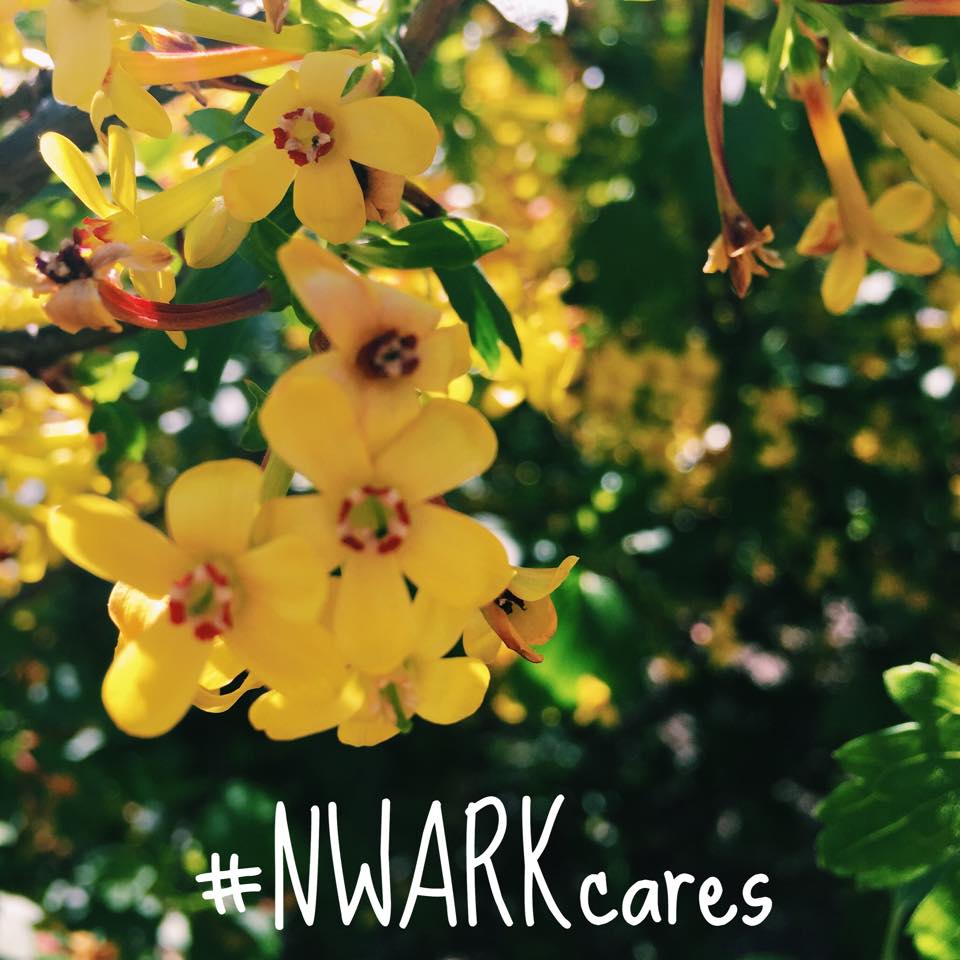
 Loading InLinkz ...
Loading InLinkz ...